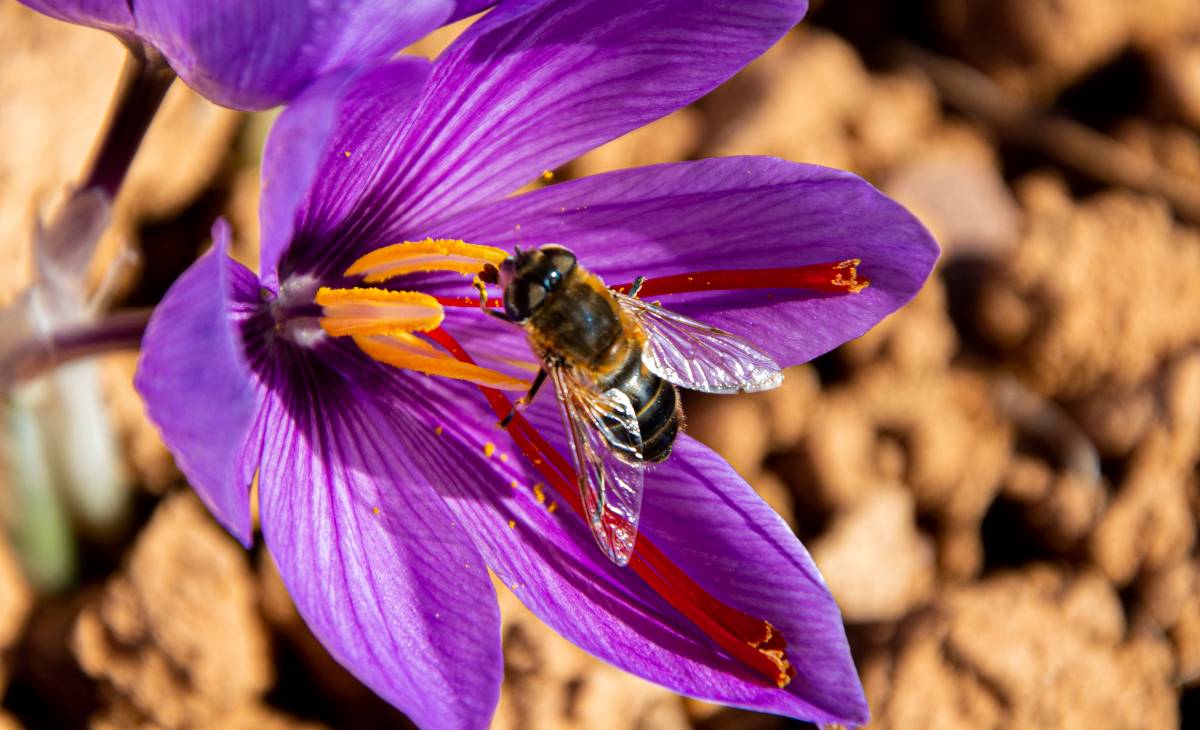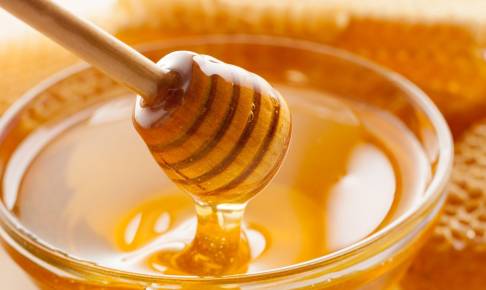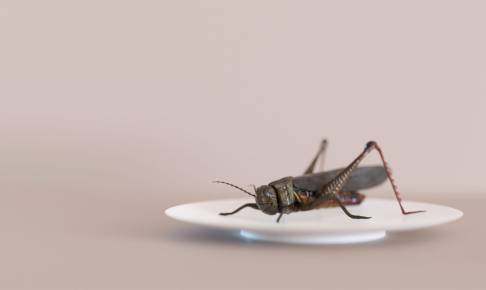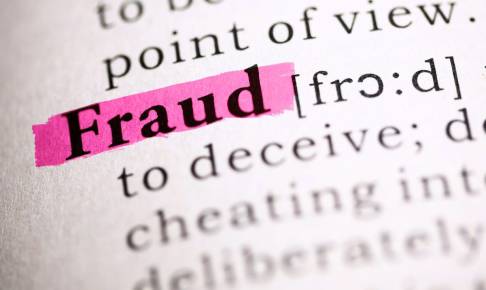Food fraud detection using photoacoustic laser system
A brand-new approach has been proven to be effective in identifying food frauds in fish, rice, fruit juices, olive oil, milk, and spices, particularly oregano and saffron. ENEA developed the SafeFood, a photoacoustic laser prototype capable of tracking contaminants in real time on untreated samples using tiny amounts of product.
First, saffron adulteration has been used to test the laser. The photoacoustic laser system was able to detect adulterants at mass ratios of 2% in less than two minutes, according to multivariate data processing techniques.
Photoacoustic laser spectroscopy is a type of spectroscopy that combines light and sound. Laser beam light is modulated at an acoustic frequency and delivered into a photoacoustic cell, where it reacts with the sample and generates sound waves that are picked up and amplified by a microphone.
The photoacoustic laser is created with the intention of being deployed alongside production lines. It is lightweight and portable, and it is distinguished by the speed with which the measurement is completed, which takes only a few minutes.
As for right now, ENEA is collaborating with a beekeeping firm with which it has an agreement regarding the management of the honey supply chain. More specifically, the two companies are working on the detection of pesticides in pollen and bees. Furthermore, antisophistication is another area in which ENEA researchers are working alongside two other businesses.
Source:






















